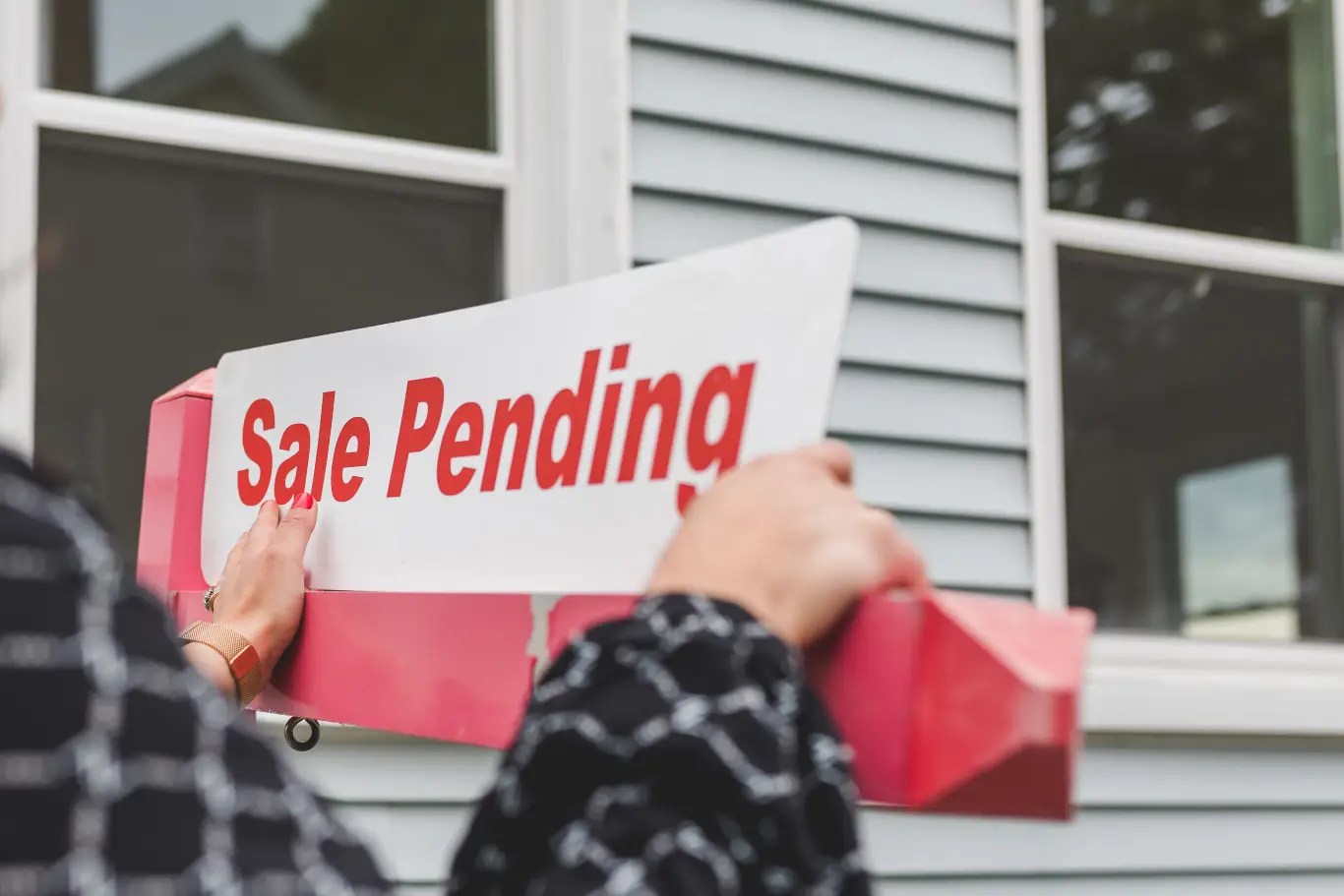How And When To Consider Refinancing Your Home Mortgage

Refinancing your mortgage is a move many engage in when the interest rates improve but there should be a goal with this action. There are certain steps that you must take to ensure home refinancing.
If you’re on the brink of refinancing your home mortgage, now is the best time to do it. When we say now, we mean that the sooner you refinance your mortgage, the better.
We’re still dealing with the residue of uncertainty and instability leftover by the pandemic and during such a time reinvesting in your real estate is one of the smartest moves you can pull. If you need more clarification about how to go about it, don’t worry as we review the steps to take when considering refinancing your mortgage.
Why Would You Want To Refinance A Mortgage?
Why would you want to refinance a mortgage if you’re already paying a mortgage? The simple answer is that you want to pay less for the same house.
Mortgage refinance lets you take out another loan on top of your house loan at a lower interest rate, so you must pay less each month. You don’t want to refinance if the interest rates are high.
Instead, maintain the rule of refinancing when you can have an interest rate at least 0.5% lower than the one you currently have. These are the steps to take if you want to refinance your mortgage.
Step 1: Set A Goal For Refinancing
You want to ensure that you don’t just refinance because you can. You must maintain a goal. The goal could be anything from paying less to paying off the loan earlier. Most people refinance for the following reasons:
-
To pay less every month.
-
To benefit from lower investment rates.
-
To pay off their homes much quicker.
Step 2: Estimate Your Finances
You want to evaluate your finances and assess whether you can afford to refinance your mortgage. Having a particular financial profile can make refinancing much more feasible. You want to look at the following features:
-
Your Credit Score
-
Debt-to-Income Ratio
-
The Equity Your Home has garnered
Step 3: Assess Multiple Lenders
You want to opt for the best possible deal out of the situation and must come to terms with the fact that your initial lender will not offer this to you. You want to look all over and decide what lenders offer you the best rates.
Then, you must opt for the lender allowing you to save the most money and lock in the rate. You also want to look at the loan fee and upfront costs they’re asking for to ensure maximum savings.
Step 4: Brace Yourself For A Home Appraisal
Home appraisals are par for the course in mortgage refinancing. You must reschedule the appraisal once you lock in on the rates with a lender.
A third-party appraiser will look at your property and estimate its current value. You’re also going to spend a few hundred dollars on this appraisal, so you want to communicate with the appraiser to ensure they know of any changes you’ve made since buying the home. It leads to a higher appraisal.
Step 5: Close On The Loan
Make sure you sign the closing before the lock rate expires so that all your work is well spent. You must pay a certain closing fee, like closing your home the first time around. Even though it’s your second go at the mortgage, you must still go through all the clauses and ensure that you know what you’re getting into.
Before you refinance a mortgage, it’s important to look at your current financial situation and the market scenario. Refinancing your mortgage is a time-sensitive decision, and it’s something that you must engage in when it benefits you the most.
Join our SMS club
Gain Massive amounts of information related to Hexa Loans.